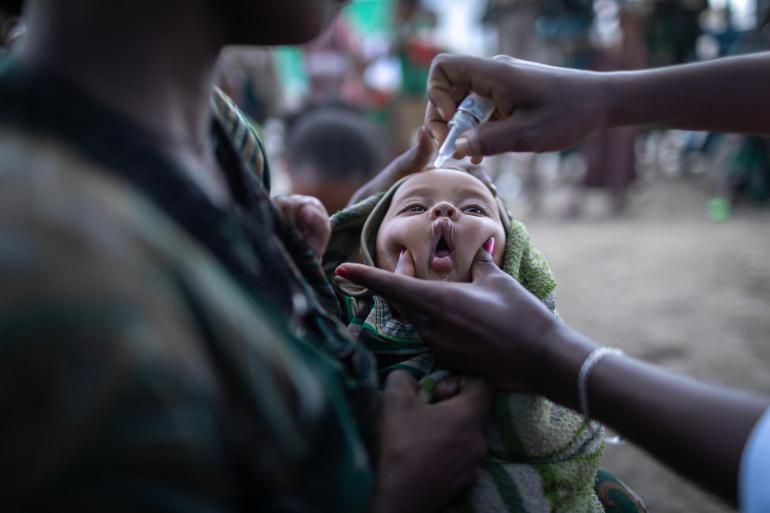An additional 4 million children have been vaccinated in 2022 compared to the previous year according to data published by the World Health Organization (WHO) and UNICEF.
Data shows that in 2022, 20.5 million children missed out on one or more vaccines delivered through routine immunization services, compared to 24.4 million children in 2021. In spite of this improvement, the number remains higher than the 18.4 million children who missed out in 2019 before pandemic-related disruptions.
The vaccine against diphtheria, tetanus and pertussis (DTP) is used as the global marker for immunization coverage. Of the 20.5 million children who missed out on one or more doses of their DTP vaccines in 2022, 14.3 million did not receive a single dose. The figure represents an imp rovement from the 18.1 million zero-dose children in 2021 but remains higher than the 12.9 million children in 2019.
This recovery, the organizations said, is due to countries stepping up efforts to address the historic backsliding in immunization caused by the COVID-19 pandemic.
Of the 73 countries that recorded substantial declines in coverage during the pandemic, 15 recovered to pre-pandemic levels, 24 are on route to recovery and 34 have stagnated or continued declining.
The report says vaccination against measles has not recovered as well as other vaccines, putting an additional 35.2 million children at risk of measles infection.
However, first-dose measles coverage increased to 83 percent in 2022 from 81 percent in 2021 but remained lower than the 86 percent achieved in 2019. As a result, last year, 21.9 million children missed the routine measles vaccination in their first year of life – 2.7 million more than in 2019 – while an additional 13.3 million did not receive their second dose, placing children in under-vaccinated communities at risk of outbreaks.
On HPV vaccination, the report noted that vaccination coverage surpassed pre-pandemic levels. HPV vaccination programmes that began pre-pandemic reached the same number of girls in 2022 than 2019. However, coverage in 2019 was well below the 90 percent target, and this has remained true in 2022, with mean coverage in HPV programmes reaching 67 percent in high income countries and 55 percent in low- and middle-income countries.

